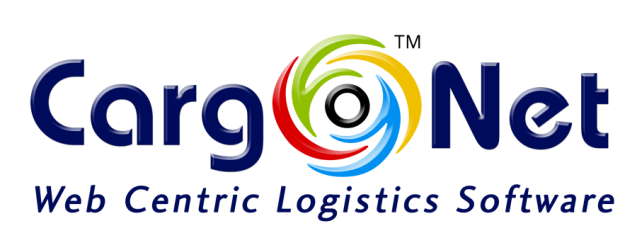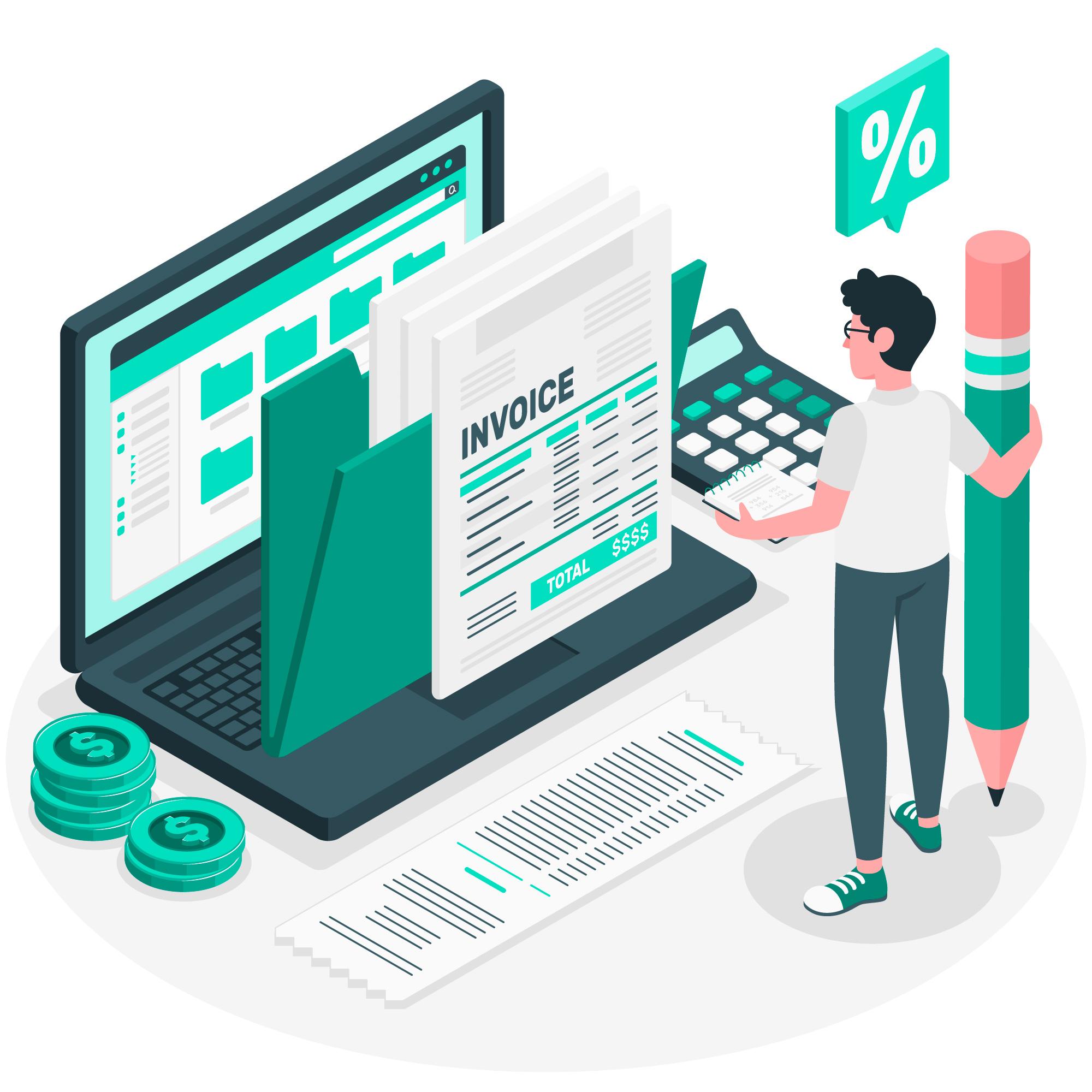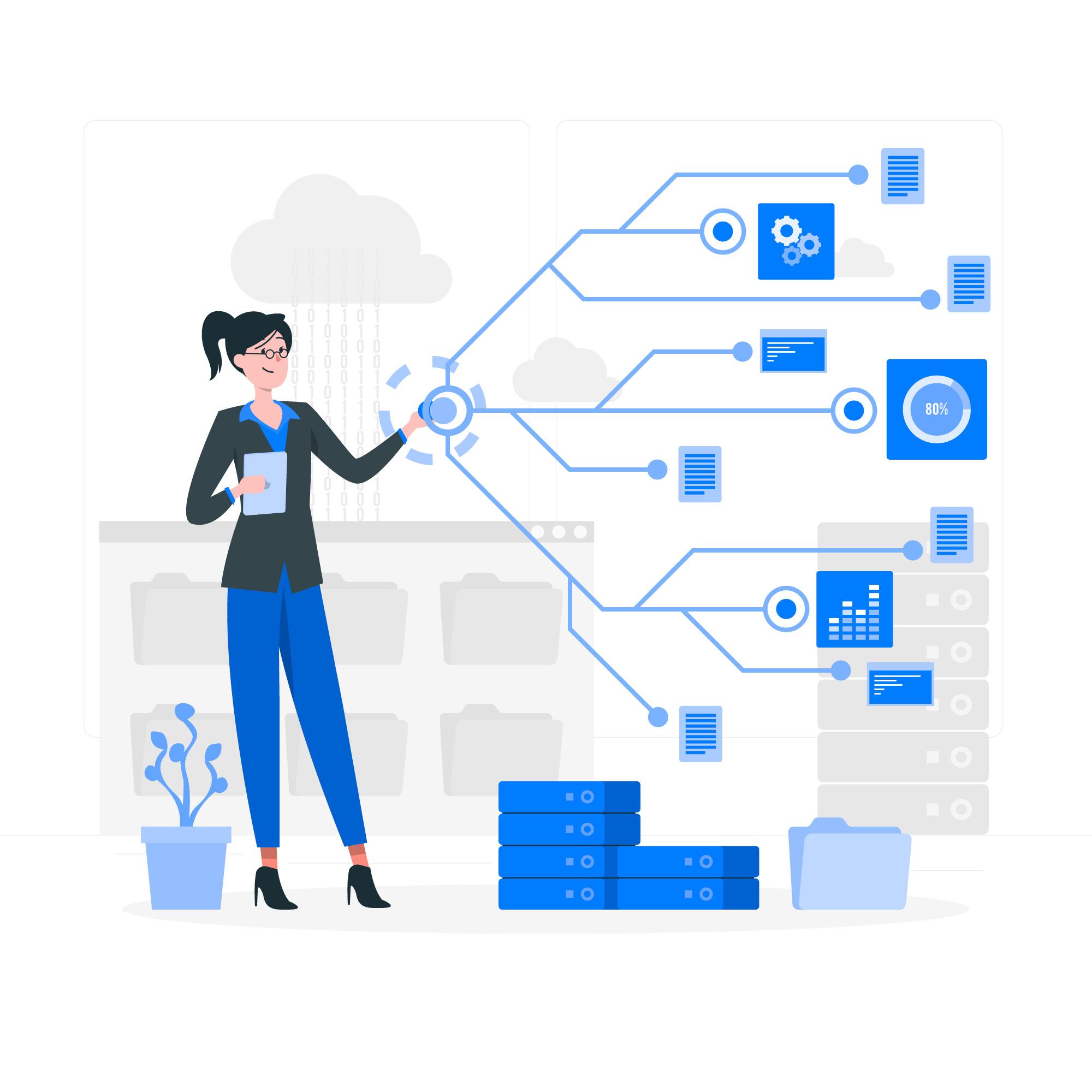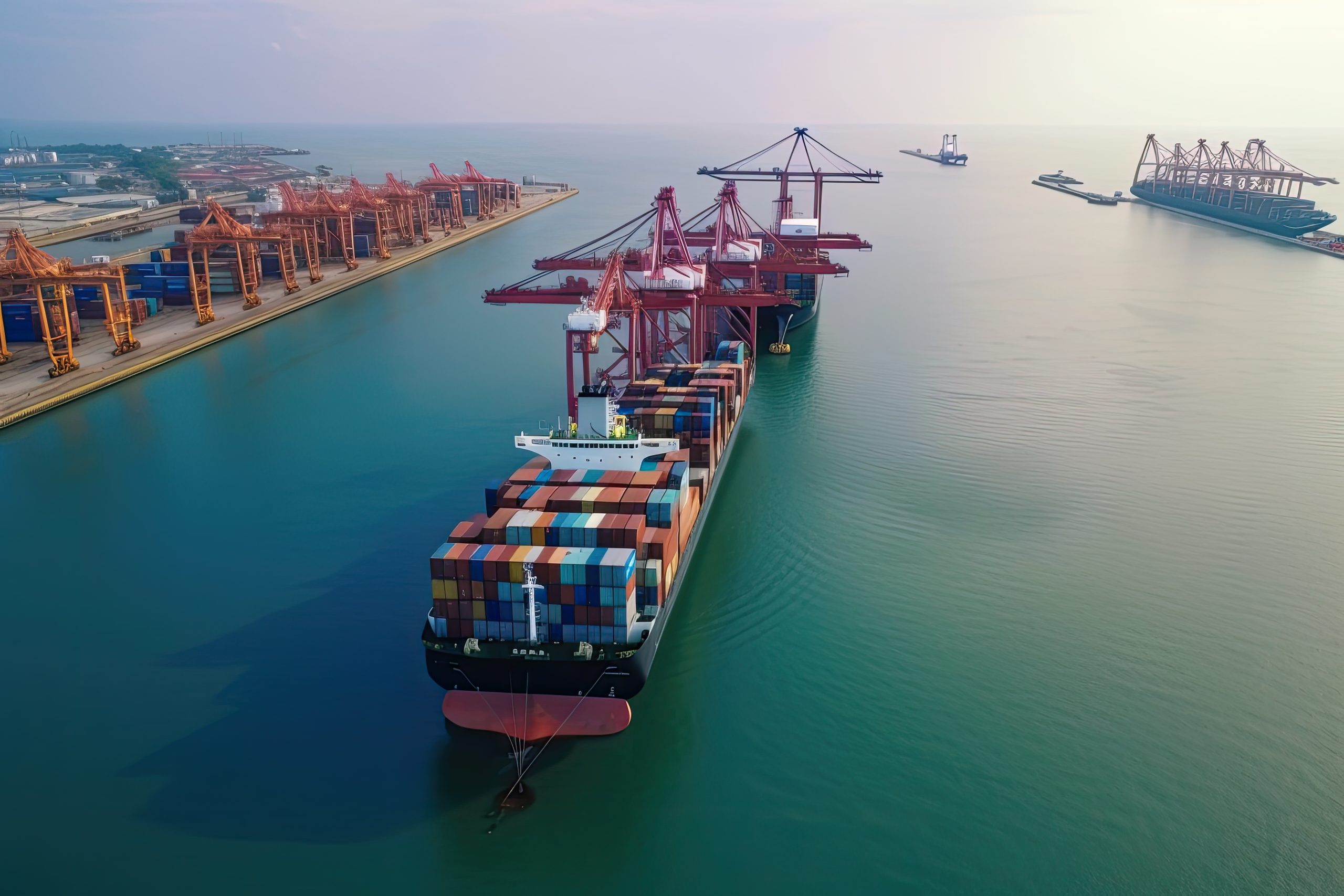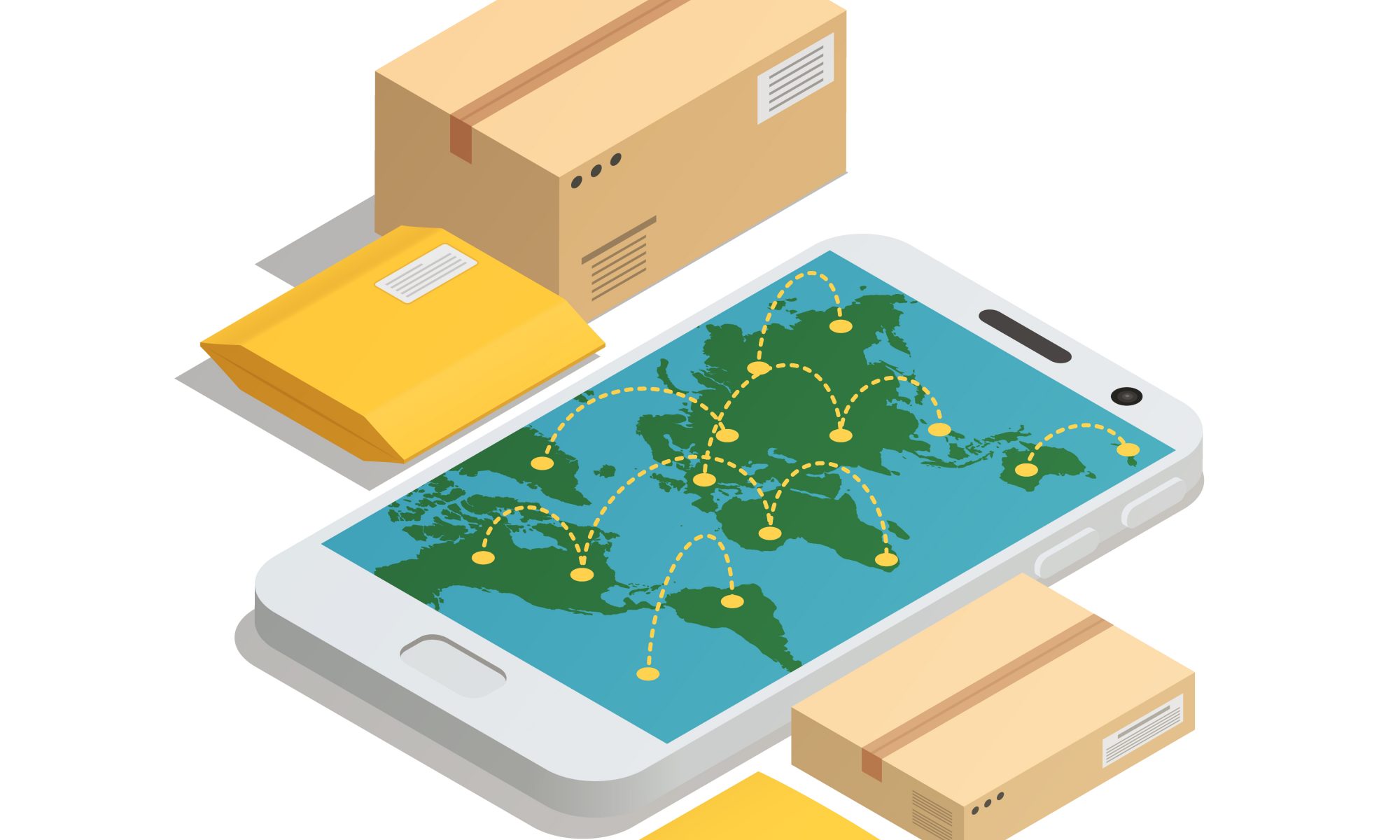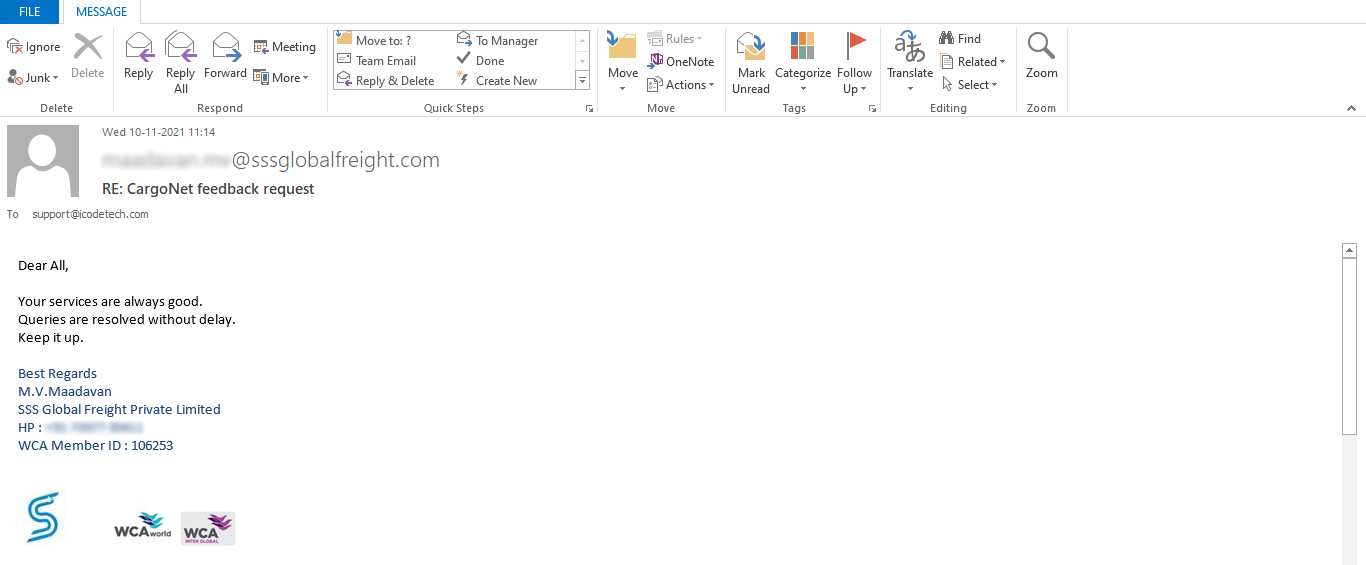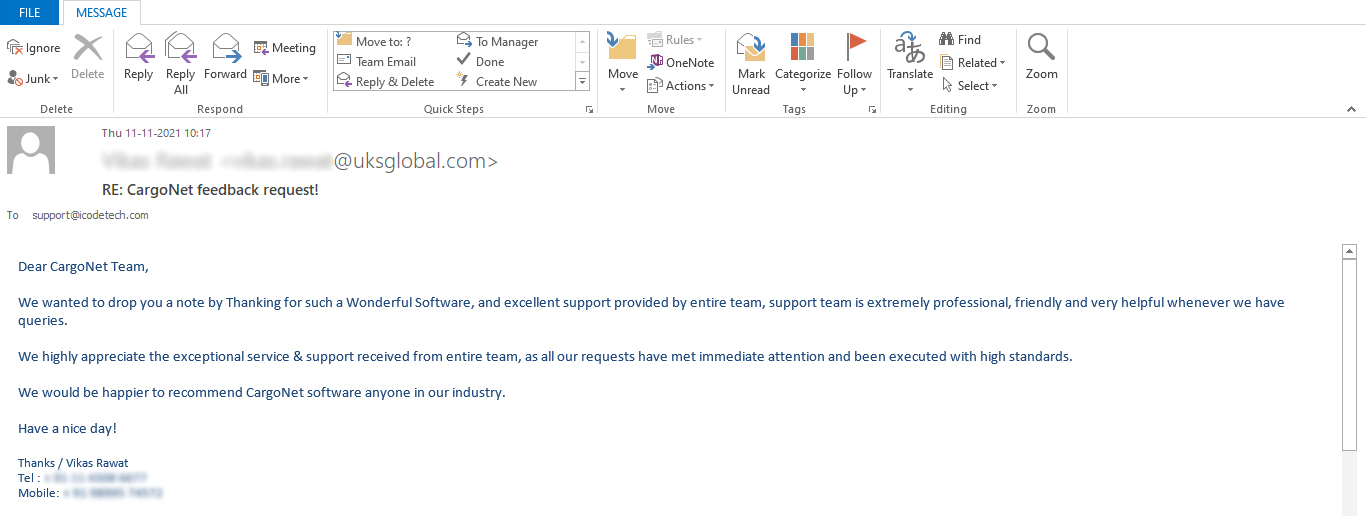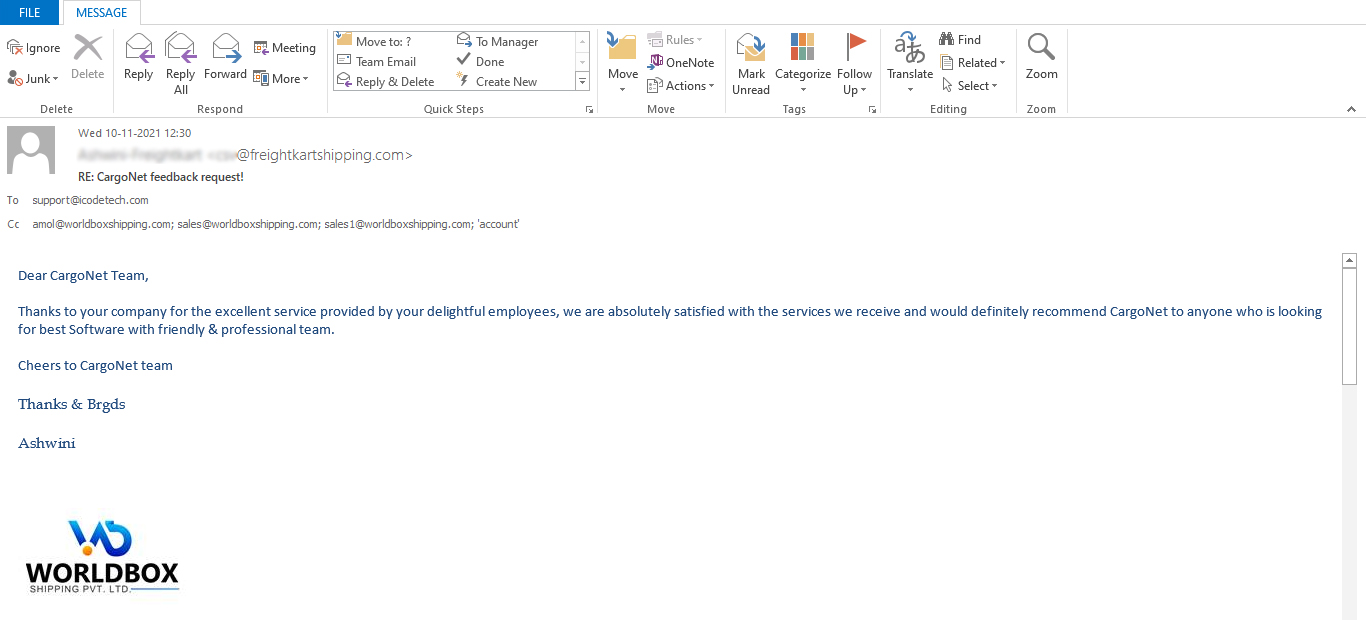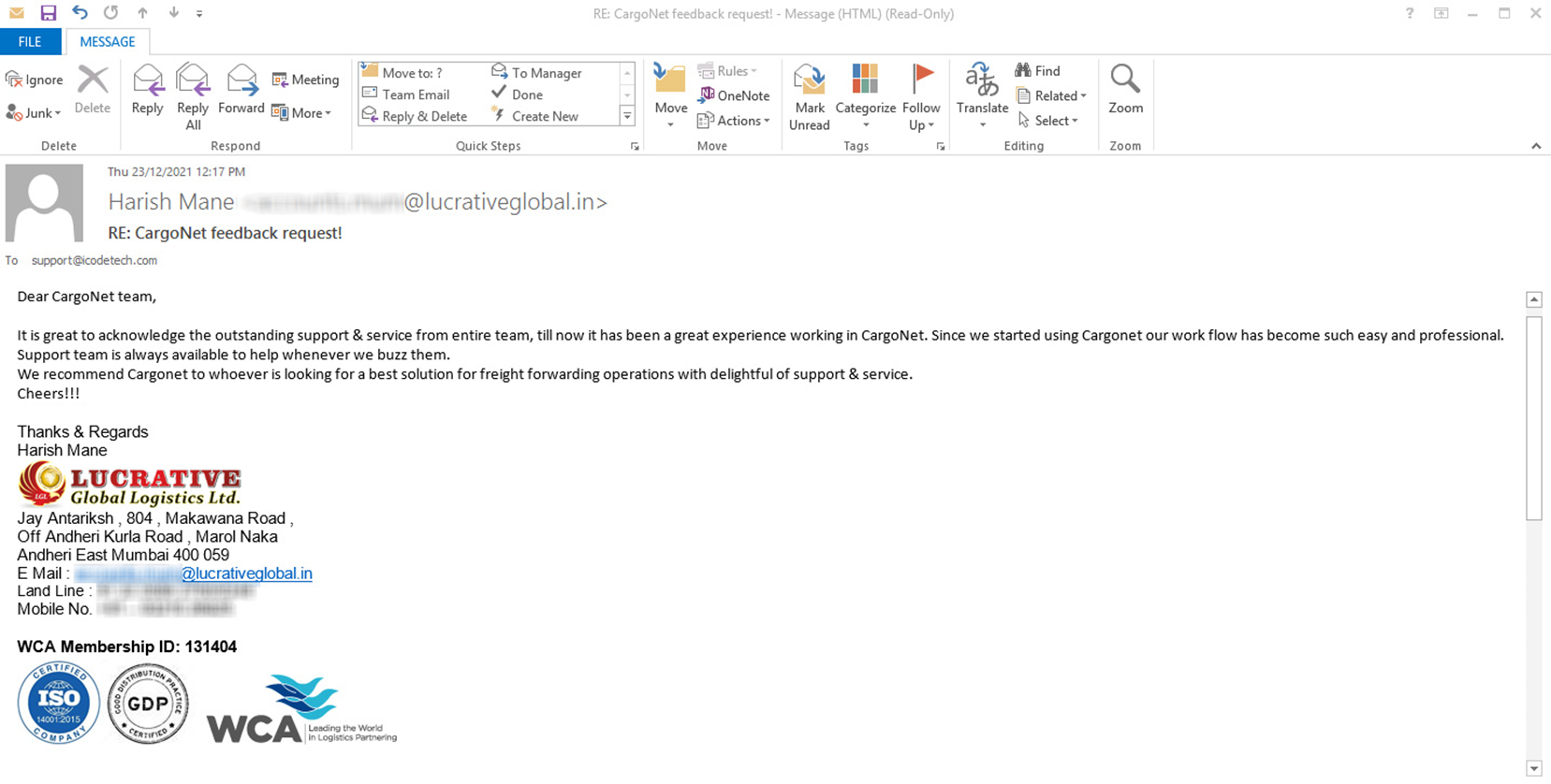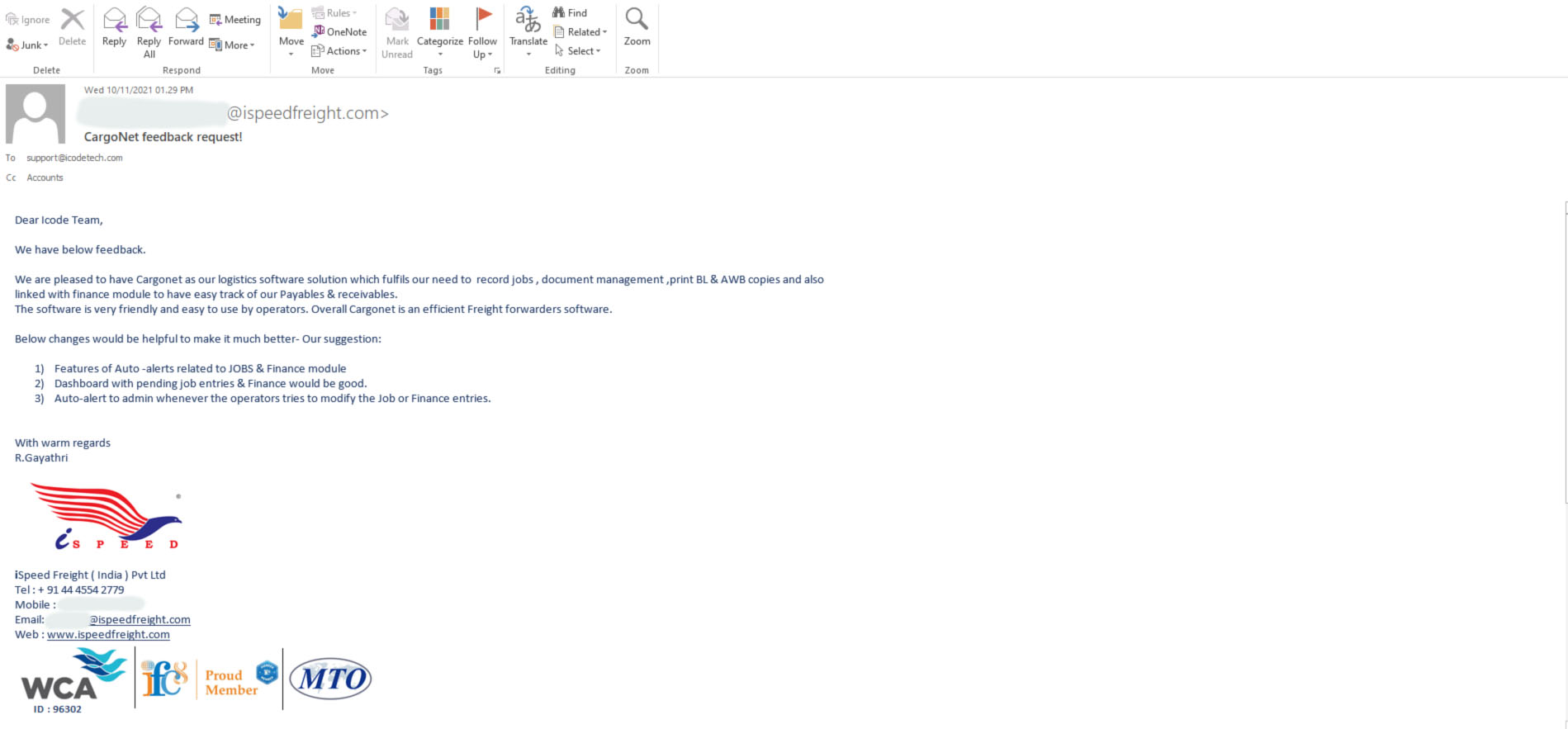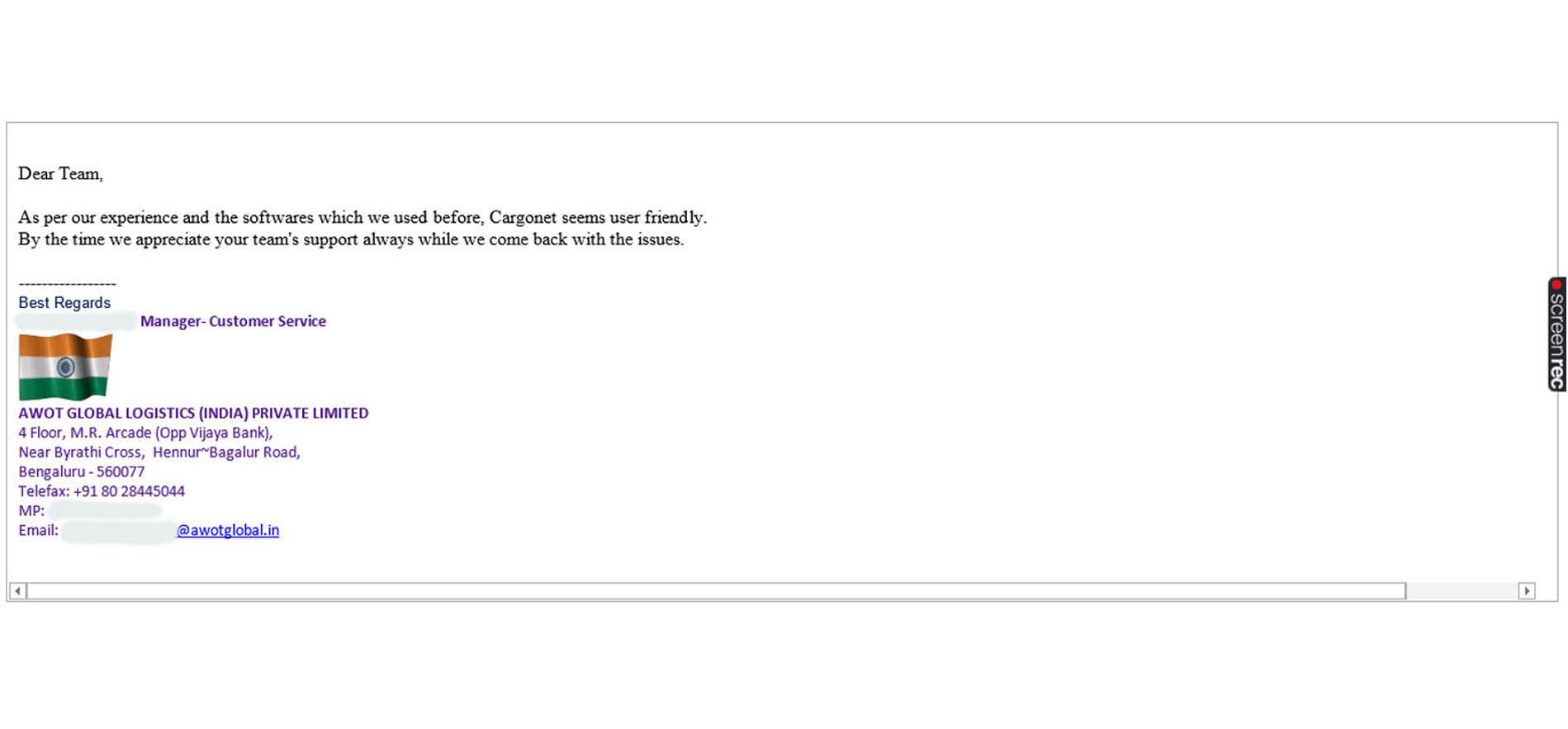All you need to know
Blog
AI Agents: Transforming Logistics and Supply Chain Management
In Today’s rapidly evolving business world, efficient logistics and supply chain management are crucial for the success of any business. With the rise of e-commerce, globalization, and consumer expectations for fast and reliable deliveries, companies are under immense pressure to streamline their logistics operations. This is where Artificial Intelligence (AI) comes into play, offering innovative solutions through AI agents designed specifically for logistics.
What is an AI Agent for Logistics?
An AI agent for logistics is a specialized software application that uses machine learning, data analytics, and other AI techniques to optimize and automate various tasks within the supply chain. These agents can handle everything from route optimization and inventory management to demand forecasting and customer service, making them invaluable tools for modern logistics operations.
Key Features of AI Agents in Logistics and Supply Chain
Data Analysis and Prediction
AI agents can analyze large volumes of data from various sources, including historical sales data, market trends, and external factors like weather conditions and economic indicators. By analyzing this data, AI agents can predict demand, identify patterns, and make informed decisions to optimize inventory levels, procurement strategies, and production schedules.
Route Optimization
One of the primary functions of AI agents in logistics is route optimization. These agents use real-time data on traffic conditions, road closures, and other variables to determine the most efficient routes for transporting goods. By optimizing routes, AI agents can reduce transportation costs, improve delivery times, and minimize fuel consumption.
Inventory Management
AI agents play a crucial role in inventory management by monitoring stock levels, tracking inventory movement, and forecasting demand. By accurately predicting inventory needs, AI agents help companies maintain optimal stock levels, reduce carrying costs, and prevent stockouts and overstock situations.
Autonomous Decision-making
AI agents can make autonomous decisions based on predefined rules and algorithms, reducing the need for manual intervention and human error. Whether it’s selecting the best suppliers, scheduling production runs, or rerouting shipments, AI agents can execute tasks efficiently and effectively.
Customer Service and Communication
AI agents can also be integrated into customer service platforms to provide real-time support and assistance to customers. These agents can handle inquiries, track shipments, resolve issues, and provide personalized recommendations, enhancing the overall customer experience.
The logistics and supply chain industry is experiencing a paradigm shift, thanks to advancements in artificial intelligence (AI) technologies. AI agents, intelligent software systems capable of making decisions autonomously, are transforming how goods are transported and managed across the globe. By automating processes, analyzing extensive datasets, and learning from patterns, these AI agents are revolutionizing operations, optimizing efficiency, and adapting to the ever-changing demands of the market.
Optimizing the Flow of Goods in an Evolving Marketplace
In the fast-paced world of e-commerce, accurately predicting customer demand and adapting to shifting consumer preferences are critical. AI agents excel in this area by leveraging data analytics to forecast future demand, taking into account seasonal variations and real-time purchasing trends. This predictive capability not only cuts costs but also enhances customer satisfaction by minimizing stockouts and ensuring prompt deliveries, giving businesses a competitive edge.
Smarter Routes, Faster Deliveries in a Labor-Constrained Environment
Challenges such as traffic congestion and labor shortages in the transportation sector can disrupt delivery schedules and increase costs. AI agents address these issues by analyzing real-time traffic conditions, weather forecasts, and driver availability to dynamically plan the most efficient delivery routes. By optimizing fuel consumption and minimizing delays, AI agents ensure timely deliveries, even in a labor-constrained environment.
Proactive Risk Management for a More Resilient Supply Chain
In today’s volatile geopolitical landscape, disruptions such as raw material shortages, port congestions, or political unrest can have a significant impact on supply chains. AI agents play a crucial role in proactive risk management by analyzing vast amounts of data to identify potential disruptions. Businesses can then take preemptive action, such as securing alternative suppliers or rerouting shipments, to mitigate the impact of these disruptions and build a more resilient supply chain.
The Power of AI in Action: Beyond Efficiency
The benefits of incorporating AI agents into logistics and supply chain operations extend beyond cost savings and efficiency improvements:
- Enhanced Customer Satisfaction: AI-driven faster deliveries, accurate inventory management, and real-time order tracking lead to improved customer experiences.
- Improved Resource Utilization: AI-powered route optimization and dynamic load management reduce fuel consumption and environmental impact by optimizing transportation resources.
- Valuable Insights: AI agents analyze vast datasets to uncover hidden patterns, enabling businesses to make informed, data-driven decisions for continuous improvement and strategic planning.
The Future of Logistics: Embracing Emerging Trends
As AI technology continues to evolve, several key trends are shaping the future of logistics and supply chain management:
- Supply Chain as a Service (SCaaS): Outsourcing supply chain management to AI-powered service providers for optimization and real-time visibility is becoming increasingly popular.
- The Rise of Digital Freight Marketplaces: AI-driven platforms are connecting shippers and carriers directly, streamlining the transportation process and optimizing pricing based on real-time data.
- Autonomous Vehicles: Although still in the development phase, AI-powered autonomous vehicles have the potential to revolutionize the transportation sector, further enhancing efficiency and reducing costs.
Conclusion
The integration of AI agents into logistics and supply chain management represents a significant advancement in the industry. As businesses embrace these emerging trends and leverage the power of AI, they can navigate the complexities of the modern market landscape, build resilience, and achieve unparalleled efficiency in their supply chains. The future of logistics is intelligent, data-driven, and powered by AI, promising a new era of innovation and growth for the industry.
